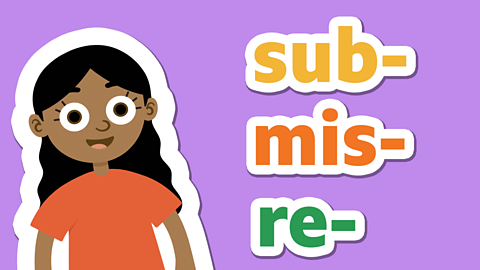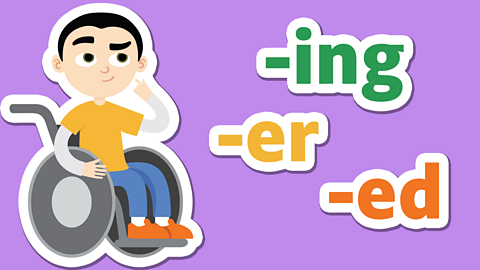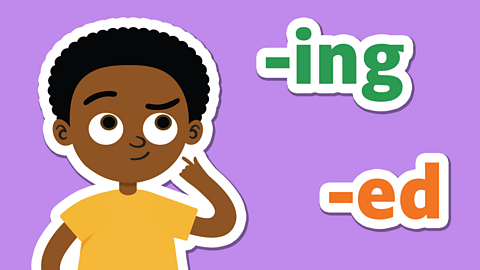Adding the suffixes to words ending in 'fer'

When you add a suffix to a word ending in 'fer' you sometimes need to double the 'r', but how do you know when?
When you add a suffixes and the second syllable of the new word is stressed, then you need to double the 'r'.
For example, adding the suffix -ed to the word 'prefer':
prefer + -ed  preferred
However, if the 'fer' is no longer stressed once you've added the suffix, then leave it as a single 'r'.
For example, adding the suffix -able to the word 'prefer'.
prefer + -able  preferable

Watch: Adding suffixes to 'prefer'
Let's try vaguely edible this time, and I'd prefer it if you didn't make a mess, ok?
In the word prefer, the second syllable is stressed.
You can check where the stress is by saying the word out loud - prefer.
And when the 'fer' is stressed, you add an extra r as well as the suffix.
Your preferred topping is chocolate buttons.
But you would find icing preferable.
Now the 'fer' isn't stressed. Preferable.
So this time we can just add the suffix and no extra r.
My preference is that you stop baking and go outside.
Adding suffixes -ed and -ing to words ending in 'fer'
Here are some further examples of adding suffixes -ed and -ing to words ending in 'fer'.
Notice how the letter 'r' is doubled in the new word.
| Words ending in ÔÇÿferÔÇÖ | With suffix '-ed' and second syllable stressed | With suffix '-ing' and second syllable stressed |
|---|---|---|
| prefer | preferred | preferring |
| transfer | transferred | transferring |
| infer | inferred | inferring |
| refer | referred | referring |
It helps to say the words out loud so you can hear the syllable you put a stress on.
Activity
Play our fun English game Crystal Explorers. gamePlay our fun English game Crystal Explorers
Use grammar, punctuation and spelling skills to explore jungles, caves and tombs on your mission!

More on Prefixes and suffixes
Find out more by working through a topic
- count1 of 6

- count2 of 6

- count3 of 6

- count4 of 6
